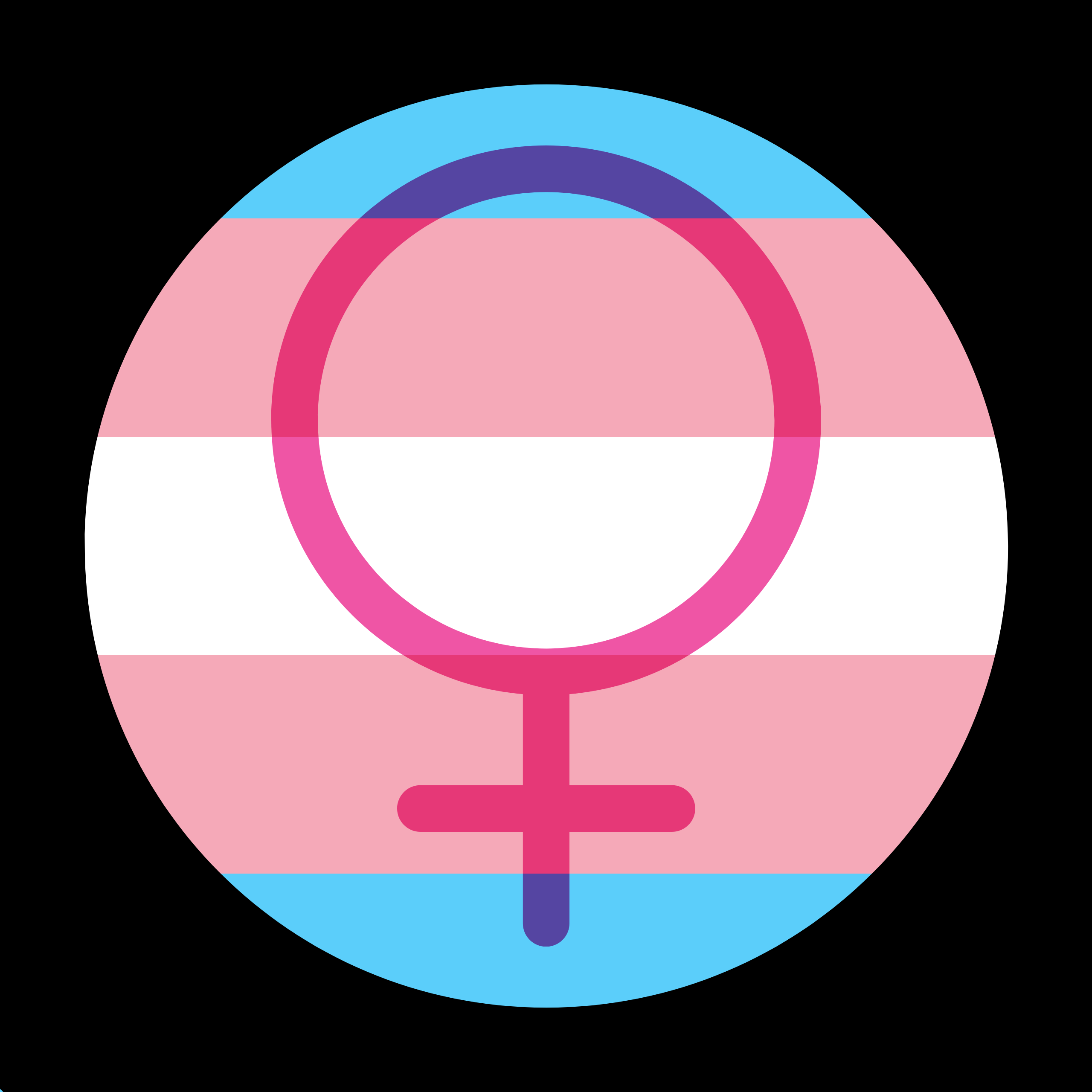I am one in 200. Someone like me is at every concert, every school, in every workplace. Every town, every street, every neighborhood. Every store, every mall, every park. Every government, every nation, every continent. Me and my people have been here since time unrecorded and we will be here to the end of humanity. We will not be eradicated.


https://williamsinstitute.law.ucla.edu/wp-content/uploads/Trans-Pop-Update-Jun-2022.pdf
Most likely the actual number of trans people (people who experience gender dysphoria or otherwise have a gender identity not matching their assigned sex at birth) is closer to 1 to 2 in 100 people. In the U.S. only 1 in 200 actually identify as trans.
The numbers being nearly equal across MtF and FtM is surprising to me, but I’m sure that’s mostly due to visibility bias; Trans men tend to pass as cis much easier after transitioning, (especially if they have had a double-mastectomy, or started hormone blockers before they developed breasts) so I likely wouldn’t notice them. Like I personally know about a dozen (open) trans women, but only know of one (open) trans man. So seeing the nearly identical percentages was interesting.
Yes, I do think people pay more attention to transfems for various reasons (mostly misogyny and anti-gay stigma), and like you I know more transfems than transmascs.
However, my primary care physician told me that I was their first trans woman patient, and he told me he has several trans men patients.
The local trans groups are mostly transfems, some transmascs show up but they are far fewer in number. I am not sure why, but trans men just aren’t as active, at least in my local trans community. I have sometimes wondered like you whether this is because they find it easier to pass and fit in with cis people, so they need the support groups and trans community less, and maybe it becomes a risk to associate with the trans community because it could out you?
All that said, I figure since the causes of gender dysphoria are biological I expect the numbers to be the same, so I wasn’t surprised to see they are the same.